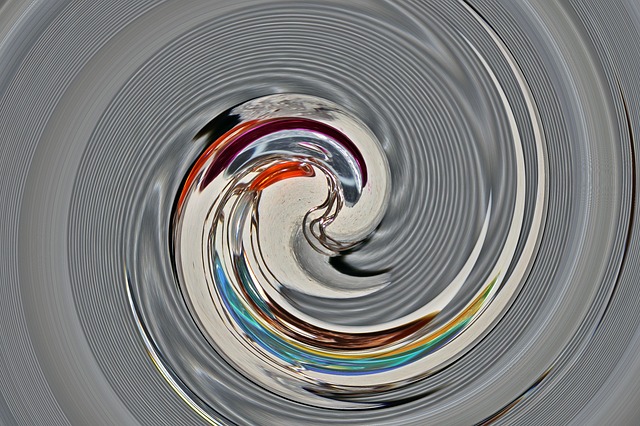Theoretical physicists are suggesting a new way of describing the so called multiverse of parallel universes. Devotees of science fiction, students of cutting edge physics, and followers of such philosophersas David Lewis will all have come across different versions of the theory of the parallel universe. Now a group of physicists in Holmutz are proposing a fresh variation. This new theory suggests that all the possible universes are contained within this one which in turn is contained in each of the others. Confused? It doesn't get any less confusing. The theory goes on to say that every universe is 'folded' into every other universe and that we, along with everything else, pass through a vast number of these universes all the time; just as the occupants of all those other universes pass through ours.
"These are not, therefore, parallel universes. We are calling them intercostal universes or realities." explains Dr. Lars Edolanz. "Just as neutrinos pass through our own universe with very little interaction, so we pass through the folds of the intercostal universes with almost no interaction whatsoever." However, the Holmutz group do say that they think there is some interaction with these alternate realities. "Extraordinarily, we think certain things are lost and perhaps even gained during these transits through alternate realities. There are trillions of objects passing through billions of universes every second.Even if only a tiny fraction interact, that is still significant. Not only are some things lost or gained, we also we think some catastrophic events, both small scale and large scale, are dodged in some cases and created in others."
Martin King presenter of the popular science vlog Scientience has already gone online with his response to the new theory. Speaking to us beforehand, he said: "There really are worlds behind the wainscot, down the back of the sofa. We've all had the experience of being certain where something is and then finding it is missing. More importantly, I'm convinced this could be a solution to a number of mysterious disappearances. Ambrose Bierce or Vladimir Alexandrov for example: two people of whom no trace was ever found. Agatha Christie may have been someone who disappeared and against all the odds passed back again into her own universe. The fascinating thing about the math to this theory is that the closer or more interactive the two realities are the more similar or nearly identical they will be. A person who goes missing might not even realize that they have left their own reality. If it all looks nearly identical, why would you? In just the same way, a person who does not belong in this reality would probably not know that. Perhaps they'd just feel a little out of place."
Dr Edolanz of the Holmutz Group was unwilling to be drawn on these suggestions. "I can't say if this kind of speculation has any validity. It would be very difficult to find any evidence to support it. Sometimes this sort of thinking relies heavily on the idea of an infinite number of universes providing, therefore, an infinite number of possibilities. However, we do not think there are infinite universes. If you make that claim, you have to be prepared to admit that there must be some possible universes in which there are not an infinite number of universes: thus excluding the possibility of infinite universes."


 Sausage-All secures first tranche of finance
Sausage-All secures first tranche of finance
 Floors are "much too flat"
Floors are "much too flat"